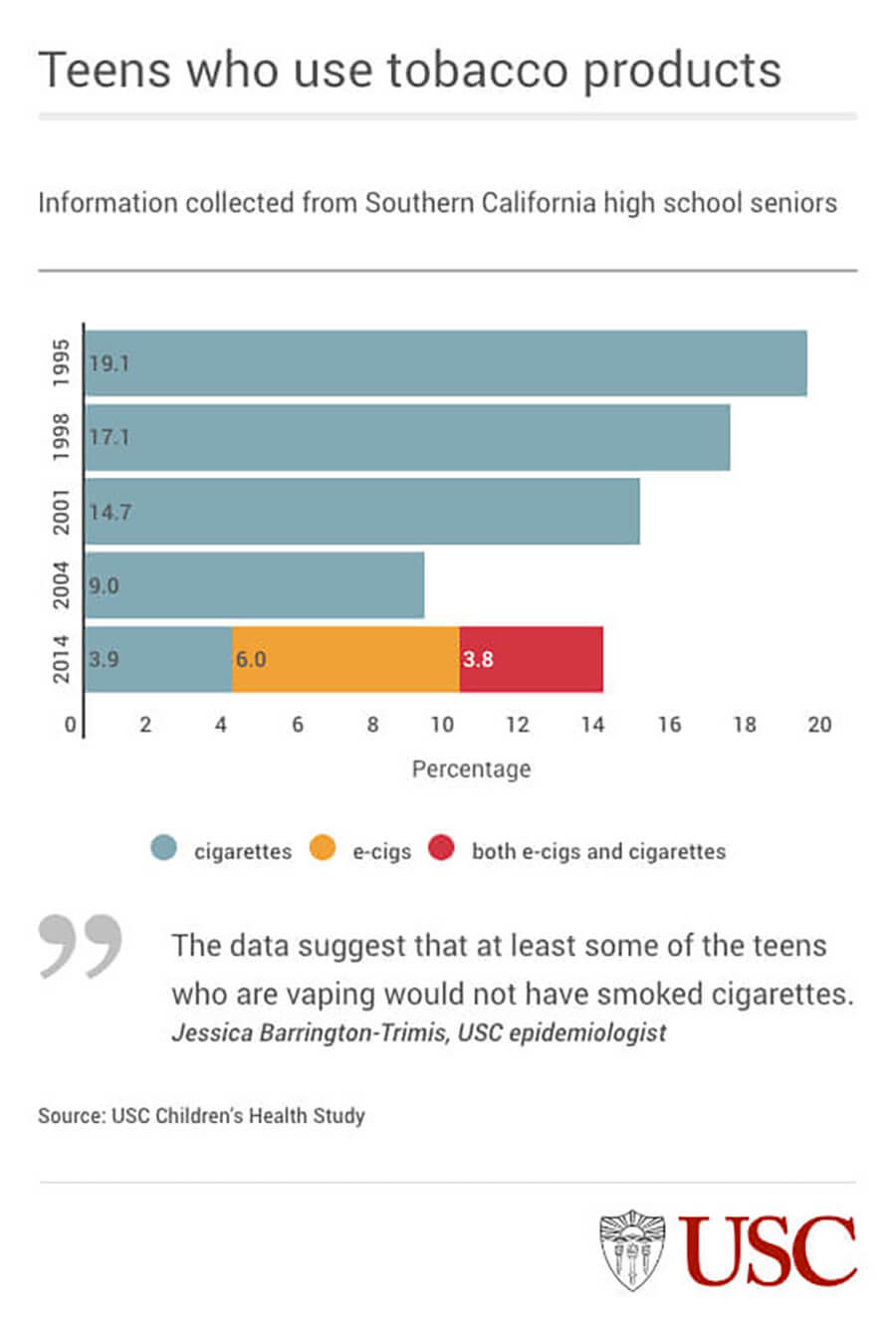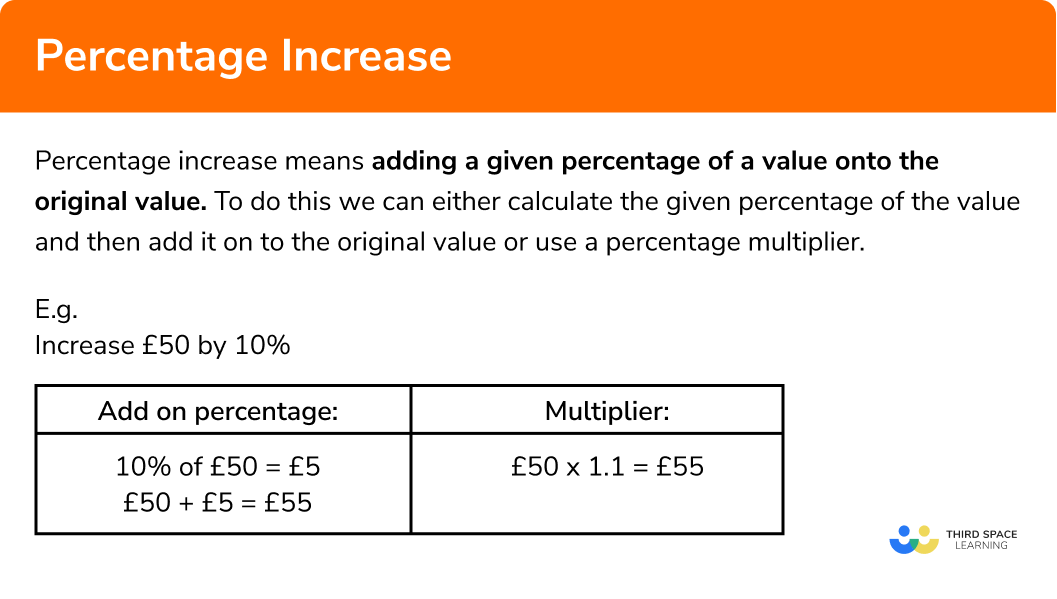
Total rainfall for the period in question was therefore 250 + 57.5 = 307.5mm.Ĭalculating the average rainfall if the actual amount is known. Then multiply the answer by 23, because there was a 23% increase in rainfall. If we know the average rainfall is 250mm, we can work out the rainfall for the period by calculating 250 + 23%.įirst work out 1% of 250, 250 ÷ 100 = 2.5. However, without knowing either what the average rainfall is or how much rain fell over the period in question we cannot work out how much rain actually fell.Ĭalculating the actual rainfall for the period if the average rainfall is known. Take the example of “ UK rainfall this summer was 23% above average” – we can tell immediately that the UK experienced almost a quarter (25%) more rainfall than average over the summer. In order to work out how much something has increased or decreased in real terms we need some actual data. When faced with the actual figures, perception of the amount of violent crime in Ceredigion changes significantly. So an increase of 100% in 2011 meant that two violent crimes were reported. However, when the underlying data is examined it shows that in 2010 one violent crime was reported in Ceredigion. This is a startling number, especially for those living in or thinking about moving to Ceredigion. Police reports for Ceredigion in 2011 showed a 100% increase in violent crime. Without data, percentage change figures can be misleading.Ĭeredigion, a county in West Wales, has a very low violent crime rate. Dylan’s hours were 23% lower in March than in February. Then divide the decrease by the original number (February hours) so:ġ0.5 ÷ 45.5 = 0.23 (to two decimal places).įinally multiply 0.23 by 100 to give 23%. What is the percentage difference between Dylan’s February hours (45.5) and his March hours (35)?įirst calculate the decrease in hours, that is: 45.5 - 35 = 10.5 In March Dylan worked 35 hours again – the same as he did in January (or 100% of his January hours). This simply means moving the decimal place two columns to the right.ĭylan therefore worked 30% more hours in February than he did in January.

To work out the increase as a percentage it is now necessary to divide the increase by the original (January) number:ġ0.5 ÷ 35 = 0.3 (See our division page for instruction and examples of division.)įinally, to get the percentage we multiply the answer by 100. We can see that Dylan worked 10.5 hours more in February than he did in January – this is his increase. To tackle this problem first we calculate the difference in hours between the new and old numbers. In January Dylan worked a total of 35 hours, in February he worked 45.5 hours – by what percentage did Dylan’s working hours increase in February? Whether you want to brush up on your basics, or help your children with their learning, this is the book for you.Įxamples - Percentage Increase and Decrease This four-part guide takes you through the basics of numeracy from arithmetic to algebra, with stops in between at fractions, decimals, geometry and statistics. If you wish to calculate the percentage increase or decrease of several numbers then we recommend using the first formula. Positive values indicate a percentage increase whereas negative values indicate percentage decrease. If your answer is a negative number, then this is a percentage increase. % Decrease = Decrease ÷ Original Number × 100 Then: divide the decrease by the original number and multiply the answer by 100. To calculate percentage decrease:įirst: work out the difference (decrease) between the two numbers you are comparing. If your answer is a negative number, then this is a percentage decrease. % increase = Increase ÷ Original Number × 100. Then: divide the increase by the original number and multiply the answer by 100. To calculate the percentage increase:įirst: work out the difference (increase) between the two numbers you are comparing. For more general percentage calculations see our page Percentage Calculators.

Percentage Change | Increase and Decrease.

Mental Arithmetic – Basic Mental Maths Hacks.Ordering Mathematical Operations - BODMAS.Common Mathematical Symbols and Terminology.Special Numbers and Mathematical Concepts.How Good Are Your Numeracy Skills? Numeracy Quiz.


 0 kommentar(er)
0 kommentar(er)
